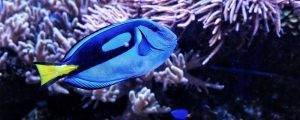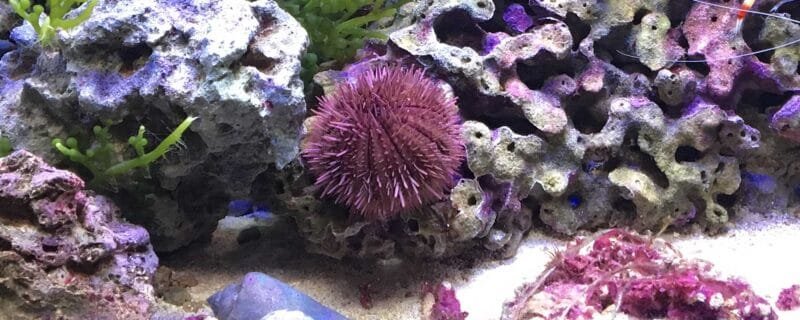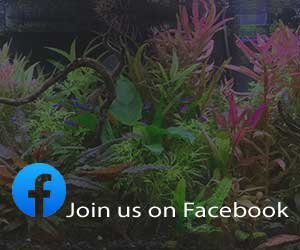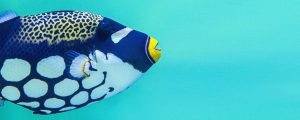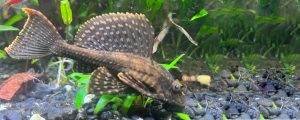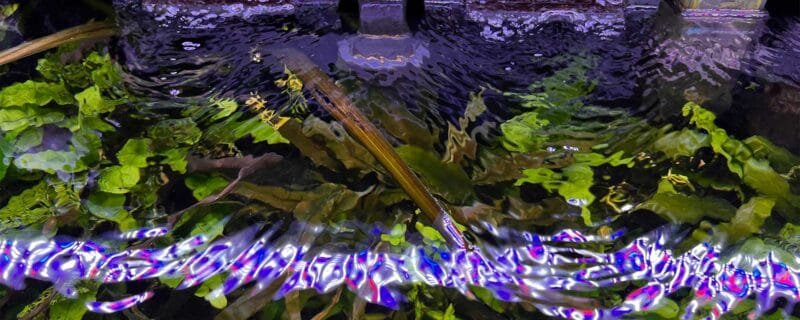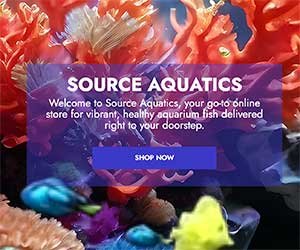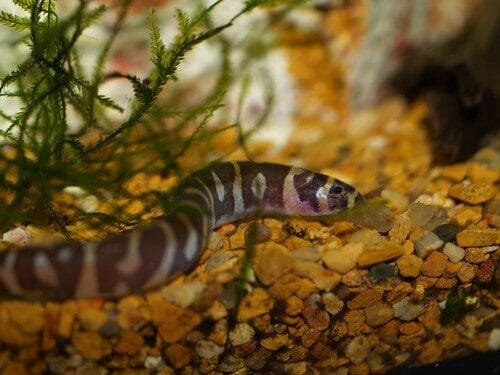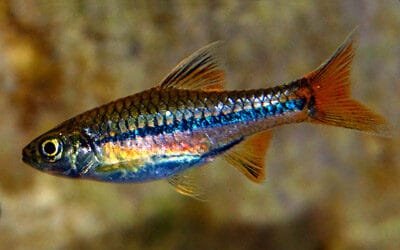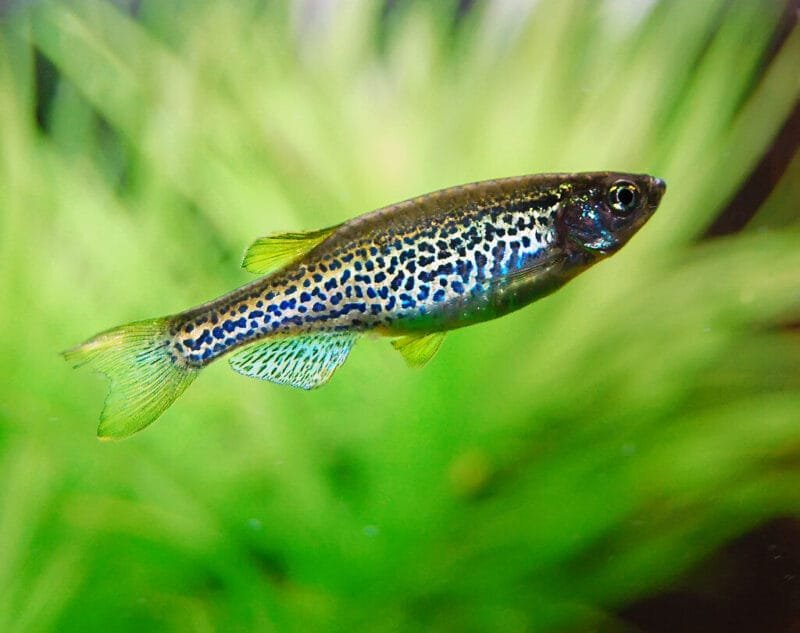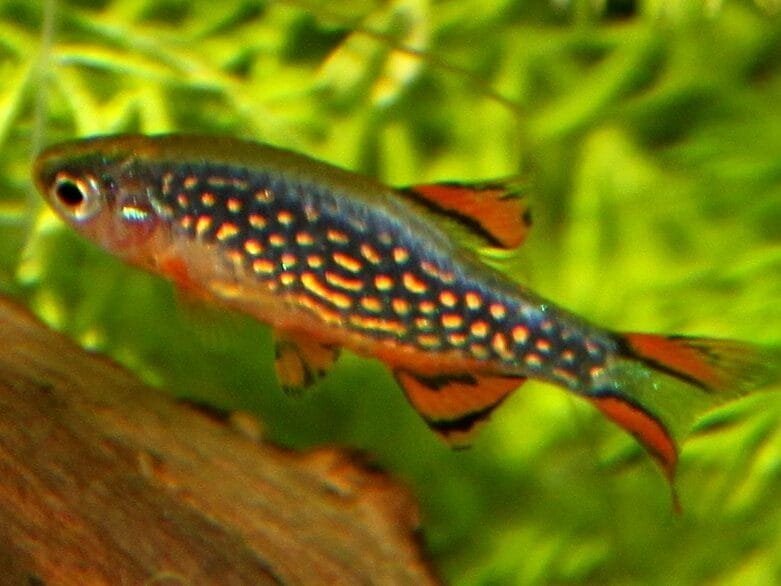The Enchanting Copperband Butterflyfish (Chelmon rostratus): Graceful Beauty of the Coral Reefs
The Copperband Butterflyfish, scientifically known as Chelmon rostratus, is a bewitching marine species renowned for its exquisite appearance and delicate nature. Its elegant demeanor and striking coloration have made it a coveted choice among aquarium enthusiasts. In this blog post, we’ll immerse ourselves in the world of the Copperband Butterflyfish, exploring its habitat, suitability for community tanks, native range, dietary preferences, and more.
Habitat and Native Range
The Copperband Butterflyfish is indigenous to the Indo-Pacific region, where it graces the waters from the Red Sea and East Africa to the western Pacific Ocean, including the Great Barrier Reef of Australia. Within this vast range, these butterflyfish inhabit coral reefs, lagoons, and sheltered areas with abundant coral formations and crevices. Their presence among the vibrant coral gardens adds to the allure of these exquisite ecosystems.
Physical Characteristics
Copperband Butterflyfish are characterized by their enchanting appearance, boasting:
- A slender body adorned with striking vertical coppery-orange bands.
- A long, slender snout, which they use to probe crevices for small prey items.
- A distinct black eye band running through their eyes, adding a dramatic touch to their visage.
These graceful fish typically reach lengths of 6-8 inches (15-20 centimeters).
Suitability for Community Tanks
The Copperband Butterflyfish can make a captivating addition to a well-maintained community aquarium, but their compatibility with other tankmates should be carefully considered. Here are some key points to keep in mind:
- Tank Size: Provide a tank of at least 75 gallons (284 liters) to ensure sufficient swimming space and accommodate their needs.
- Compatible Tankmates: Select tankmates that are peaceful and won’t harass the Copperband Butterflyfish. Avoid aggressive or territorial fish that may stress or harm them.
- Coral and Invertebrates: Copperband Butterflyfish are generally reef-safe and won’t harm coral or invertebrates. They may even help control small unwanted pests like Aiptasia anemones.
- Feeding Habits: Ensure that their diet aligns with the needs of other tankmates. Copperband Butterflyfish have specific dietary preferences (discussed below) that may not match those of all tankmates.
Diet and Feeding Habits
Copperband Butterflyfish are primarily carnivorous and have a penchant for a diet rich in small invertebrates, including:
- Crustaceans
- Anemone tentacles
- Polychaete worms
- Small mollusks
In a home aquarium, it’s crucial to offer a varied diet to meet their nutritional needs. Provide frozen or live foods like brine shrimp, mysis shrimp, and enriched frozen preparations. Additionally, they may accept high-quality marine pellet or flake food with time.
Tank Requirements and Care
To create an ideal environment for your Copperband Butterflyfish, consider the following:
- Water Parameters: Maintain stable water conditions with temperatures between 75-82°F (24-28°C), a pH level of 8.1-8.4, and a specific gravity of 1.020-1.025.
- Aquascape: Incorporate live rock formations and ample hiding spots to offer security and mimic their natural habitat.
- Feeding Behavior: Copperband Butterflyfish can be finicky eaters, and some may require time and patience to adjust to prepared foods. Offering live or frozen foods initially can encourage them to accept other food options.
Conclusion
In conclusion, the Copperband Butterflyfish (Chelmon rostratus) is a mesmerizing and sought-after addition to a marine community tank. Their elegant appearance and compatibility with a wide range of tankmates make them an excellent choice for aquarists seeking a touch of grace and charm in their underwater realm. By providing a suitable environment and a well-balanced diet, you can revel in the beauty of these delicate marine treasures in your own aquatic sanctuary.

